 Reading The Times of Botchan reminded me of watching Alexander Sakurov’s cryptic 2002 film Russian Ark. Both employ a similar gambit: a literary figure from the country’s past wanders through a landscape populated by real people who played pivotal roles in its modernization. In Russian Ark, the author/protagonist role is filled by the Marquis de Custine, a French aristocrat who published Empire of the Czar: Journey Through Eternal Russia in 1839, while in The Times of Botchan the role is fulfilled by Soseki Natsume (1867-1916), the defining novelist of the Meiji Restoration. Neither Ark nor Botchan employs a clear, linear narrative; both works are episodic — even, at times, picaresque — in nature as their principle characters rub shoulders with poets, composers, czars, and politicians.
Reading The Times of Botchan reminded me of watching Alexander Sakurov’s cryptic 2002 film Russian Ark. Both employ a similar gambit: a literary figure from the country’s past wanders through a landscape populated by real people who played pivotal roles in its modernization. In Russian Ark, the author/protagonist role is filled by the Marquis de Custine, a French aristocrat who published Empire of the Czar: Journey Through Eternal Russia in 1839, while in The Times of Botchan the role is fulfilled by Soseki Natsume (1867-1916), the defining novelist of the Meiji Restoration. Neither Ark nor Botchan employs a clear, linear narrative; both works are episodic — even, at times, picaresque — in nature as their principle characters rub shoulders with poets, composers, czars, and politicians.
When we first meet Natsume, he is writing a novel called Botchan, a short, satirical work about a energetic young man who suffers from a Holden Caufield-esque desire to expose phoniness wherever he goes. Nastume hopes Botchan will help him achieve catharsis from a vague but nagging sense of anxiety brought on by the period’s social, political, and economic upheavals, from the Freedom and People’s Rights Movement to the first murmurs of suffragism.1 Though we occasionally see Natsume in his study drafting chapters, or admiring the inky paw prints left behind by his cat, much of the manga is devoted to Natsume’s travels through Tokyo, which brings him into contact with historical figures from An Jung-Geun, an activist who assassinated the Korean governor in 1909, to Hiruko Haratsuka, a feminist active in the Seito suffrage movement of the 1910s, to Lafcadio Hearn, a Western journalist whose fascination with old Japan inspired him to write Kwaidan: Stories and Studies of Strange Things.
…
 10. Oishinbo a la Carte
10. Oishinbo a la Carte 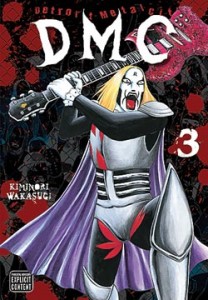
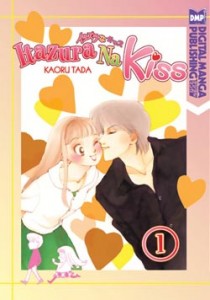

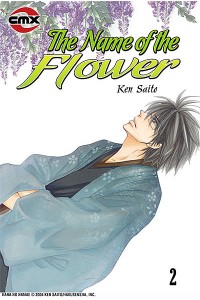
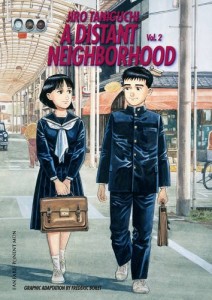
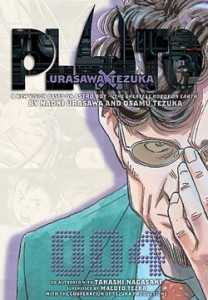 4. Pluto: Urasawa x Tezuka
4. Pluto: Urasawa x Tezuka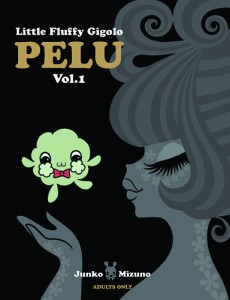
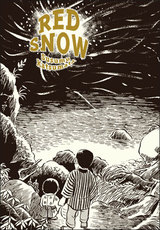


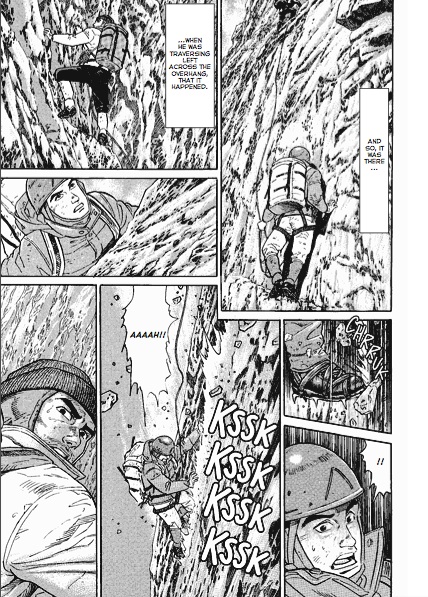

 Forty-eight-year-old Hiroshi Nakahara is a businessman with a love of alcohol and little time for his family. One day, in 1998, as he is returning home (hungover) from a business trip to Kyoko, he accidentally boards the wrong train and ends up traveling to Kurayoshi, the town in which he grew up and which he hasn’t visited for many years. With some time to kill before the next train to Tokyo, he wanders around, checking out the building that used to be his family’s shop and paying a visit to his mother’s grave. As he’s asking his mother, “Were you happy?” something mysterious occurs and Hiroshi wakes to discover that he’s back in his fourteen-year-old body but with all of his adult knowledge and wisdom intact. Not only that, the family shop and neighborhood has returned to its previous condition, his deceased mother and grandmother are alive, and the date is still four months before his father’s sudden disappearance.
Forty-eight-year-old Hiroshi Nakahara is a businessman with a love of alcohol and little time for his family. One day, in 1998, as he is returning home (hungover) from a business trip to Kyoko, he accidentally boards the wrong train and ends up traveling to Kurayoshi, the town in which he grew up and which he hasn’t visited for many years. With some time to kill before the next train to Tokyo, he wanders around, checking out the building that used to be his family’s shop and paying a visit to his mother’s grave. As he’s asking his mother, “Were you happy?” something mysterious occurs and Hiroshi wakes to discover that he’s back in his fourteen-year-old body but with all of his adult knowledge and wisdom intact. Not only that, the family shop and neighborhood has returned to its previous condition, his deceased mother and grandmother are alive, and the date is still four months before his father’s sudden disappearance.